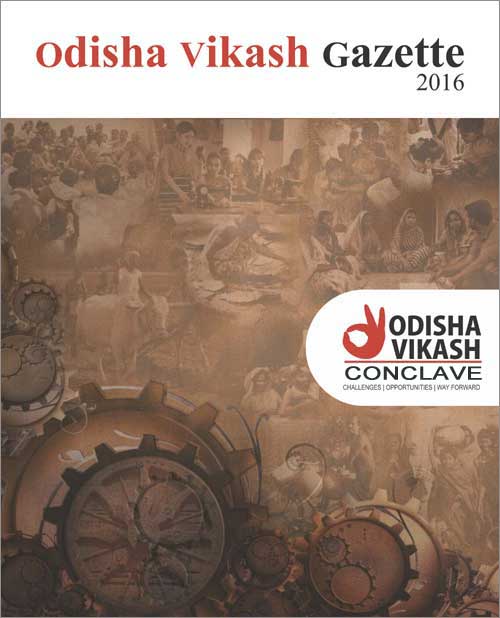Rainfed Agriculture
Venue: NCDS – E-2, Institutional Area, Gangadhar Meher Marg, Bhubanewar
Rainfed agriculture provides most of the food consumed by poor communities in developing countries. A 2007 study by International Water Management Institute, noting correlation between poverty, hunger, and water stress, says that there is a great opportunity to raise productivity from rainfed farming. In India, where 48% of all area under food crops is rainfed, food grains produced in these account for over 50% of total production and 60% of value of agricultural GDP. Rainfed regions are also home to 78% cattle and 75% of goats in the country. Despite large contribution to food production, rainfed areas donot receive adequate policy attention.
The very design of current agriculture policies and programmes doesnot factor in realities of rainfed areas. A clear example of this is procurement and subsidized distribution of rice or wheat by Government, which has resulted in large scale shift in dietary habits of households in rainfed areas, from consumption of millets, which are the main local produce, to rice or wheat. Further, the promotion of inappropriate intensive farming, backed by public investments and expenditure on lines of green revolution, in these regions, has caused substantial damage. It has resulted in collapse of aquifers, soil degradation, ecological disasters, and crop failures, all of which have contributed to agriculture distress.
Odisha, with 74% of its cropped area being rainfed, is among the most rainfed agriculture dependent states in India. Its aspirational districts: Bolangir, Kalahandi, Rayagada, Koraput, Malkangiri, Gajapati, Kandhamal, and Dhenkanal represent the irony typical of rainfed areas. They have higher poverty despite holding great potential for agriculture based growth. Investments through centrally sponsored schemes like MGNREGA and National Mission on Sustainable Agriculture and Government of Odisha (GoO)’s Special Programme for Promotion of Millets have not resulted in desired levels of crop diversification, livestock and fishery development, and food and nutrition security in these areas. A paradigm shift towards context-specific, integrated, and bottom-up planning for rainfed areas, by supporting local community institutions, is the need of the hour.
Discussion Points:
- How can the agriculture policy be made more responsive to the specific needs of Odisha’s rainfed agriculture dependent areas? In particular, how can farm distress be addressed?
- What best practices and models can be adapted for enhancing productivity, without compromising sustainability, in rainfed farming in Odisha?
- How can communities be made more active, informed, and empowered stakeholders in bottom up planning and management of rainfed areas?
- Beyond food crops, what can be done to augment income and nutrition in rainfed areas of Odisha? Specifically, how can animal husbandry and non-crop farming be made viable?
- What new opportunities have emerged with the accordance of Aspirational District status to nine (9) rainfed agriculture dependent districts in Odisha? How can these be effectively tapped?
- What other existing public policy frameworks can be leveraged to enhance the lives of people in Odisha’s rainfed areas? How can MNREGA and Tribal Sub Plan help?
- How can the impact of climate change, especially the recurring droughts, for Odisha’s rainfed districts be mitigated?


